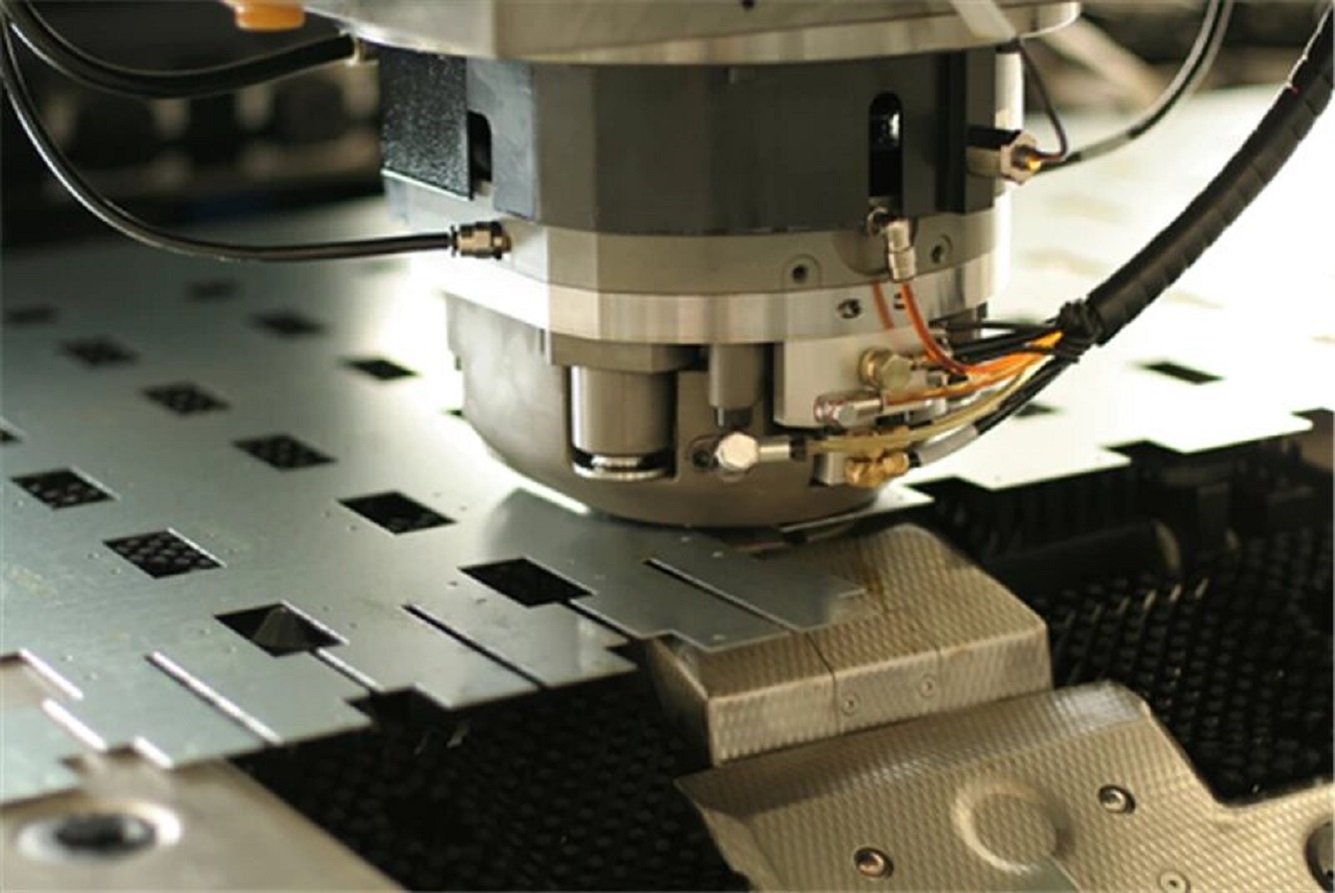

Stamping and punching are two crucial metal fabrication techniques. Distinct industries require different metals converted into specific shapes and sizes for multiple operations. These two processes convert flat sheets of metal into useful shapes.
In this blog, you will learn how these two processes work and why New Mexico Metals LLC is the best choice for metal punching in Albuquerque.
Metal stamping is a complex process of converting a flat sheet metal into intricate shapes. Sometimes, one shape requires hundreds of metal parts; thus, CAD/CAM engineering technology is employed. A 3D tool is designed, which ensures that the bends and stamps are precise, and the part quality is exquisite.
It requires blanking, bending, coining, embossing, and flanging to convert the metal into the desired shape.
The metal stamping process is as follows:
Blank Preparation: A blank is a flat sheet of metal. Large metal sheets are cut into different blanks to create the component size. It cuts the metal into a rough outline of the product, such as the length and width of the sheet, hole diameter, space between edge to hole, etc.
Positioning: This is the second step, wherein the metal is positioned in the machine. Different service providers use different methods for metal stamping, such as some rely on progressive die stamping, while others rely on four slide stamping. The correct position between the punch and die is crucial, or it can render the sheet useless.
Bending: It is the process of bending the blank into the required shapes. There should be enough material to perform the bend comfortably. The bend should not be too close to the hole, or it will become deformed. Bending is a complex process and requires expertise to perform it with precision.
Coining: It is the process of flattening the edges of the stamped metal to remove the burr. It does not transform the metal but offers additional strength to the area, which is coined and results in smoother edges, eliminating the need for grinding.
Embossing: Embossing is creating raised or sunken designs on metal. Specific tools and dies which are unique for the desired part are used. It is the same as a punching machine, wherein the metal passes through the machine, and the punch presses into the metal hard enough to leave its imprint.
So, this is the process of metal stamping. Some of the advantages of metal stamping are:
Metal punching in Albuquerque refers to cutting specific shapes out of metal to make it suitable for the next processes. Sheer force is applied to sheet metal to cut a desired shape. It is a useful method commonly used to punch metals, including steel, aluminum, copper, brass, iron, stainless steel, etc. Each metal has different grades, requiring an expert to supervise punching and derive optimum results.
The metal punching process is as follows:
Setup: Today, CNC machines are used to punch metals. They have the metal design, shape, and size fed into the system and define how the metal can be punched best. Like stamping, metal punching also requires a punch and die set.
Alignment: Proper sheet metal alignment into the machine requires a supervisor to position the metal correctly.
Hole Creation: The punch is a protruded metal shaped according to the desired hole or cutout, for example, round, square, triangle, or any other shape. The punch is then lowered on the sheet metal, and force is applied. The pressure is intense and quick, removing the unwanted metal from the sheet. The cutouts which are pushed through the die are collected in the waste bin and removed later.
Metal punching is a sleek process producing minimal waste, which can be recycled later. Here are some of the advantages of the metal punching process:
Metal punching achieves success when it is carried out efficiently. At New Mexico Metals LLC, we have honed our expertise in efficient metal punching and notching processes. Our GEKA Bendicrop 60S Universal Ironworker and our trained staff offer you the cleanest, most precise, and most affordable cuts. With our extensive expertise spanning several decades and our comprehensive range of metal services, we proudly stand as the top choice for all your metal notching requirements in Albuquerque.
Contact our professionals today to discuss your metal requirements.